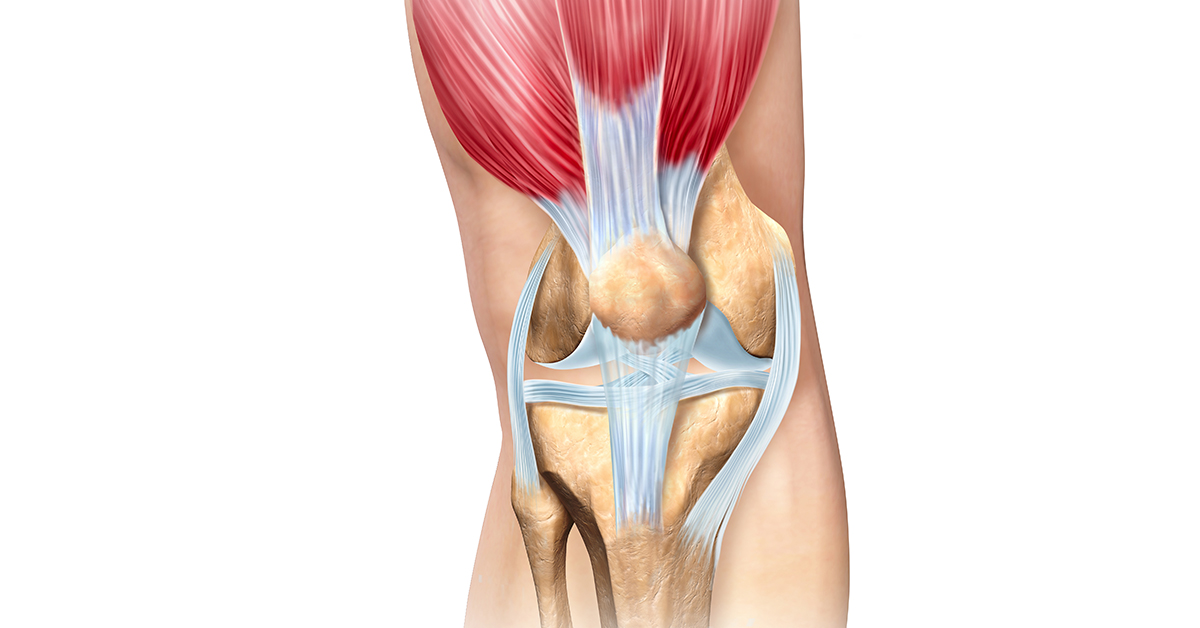
Arthroscopy of the Knee and Related Injuries
The knee may look like an ordinary joint but if you study its anatomy, you will be surprised to know its complexities. And the truth is, you must never take it for granted since it's the most common joint of the body that gets injured. More often than not, the cause of such injury is sports related. The most common knee injuries are sprains, ligament injuries, tendinitis, strains, dislocations, fractures, tendinitis, cartilage injuries, meniscal tears and chodromalacia. And everybody experiences one of these conditions at certain points of one's life. But this can vary in the degree of severity.
Symptoms to Watch Out For
How will you know that you are experiencing a knee injury? The most common symptoms that one may experience are swelling and pain on the affected area. If you experience any of these then you may suspect that a knee injury has occurred. The knee may also become unstable and you may hear a snapping or popping sound that is often accompanied by painful sensations. In some cases, there is a tendency for the joint on the knee to lock up. If you experience a knee injury, you must assess right away if the knee loses its function. This signifies that you are in need of urgent medical help.
Possible Causes
Football players are the usual victims of sports-related knee injuries. And for these individuals, the usual precipitating factor is not the accidents that happen during the game, but it is the continuous use of the knee causing its wear and tear. Hence, knee injuries may become a chronic problem among athletes. Twisting or high impact on the knee may cause it to get injured as well. This results in tearing of the meniscus. If the injury creates loose pieces of shredded bones coming from the interior kneecap surface, one will experience severe pain and this causes the knee to lock. Sometimes, the pain and discomfort is caused by torn cartilage floating in the joint cavity and pinching the joints of the knee.
What Arthroscopy of the Knee Can Do
Arthroscopy can be employed to diagnose or treat knee injury. As its name implies, the entire procedure will be guided by an arthroscope. This comes with a fiber optic part that is to be inserted through a small knee incision. If reconstructive surgical procedure is done, it allows the surgeon to reattach ruptured or torn ligaments back to the bones. Hence, it resets the affected bones back to their proper positions. For minor damage on the knee, a surgical repair will do with the use of arthroscopic devices. However, follow-up care must be done post-operatively. The patient will be required to use a brace, splint or cast after surgery. An exercise program must also be employed to regain the strength of the knee joints.
To find out more about various knee conditions and the many treatment options, you can visit our Patient Education Section. After all, it pays to understand the functionalities of our knees and learn what must be done to protect them.

